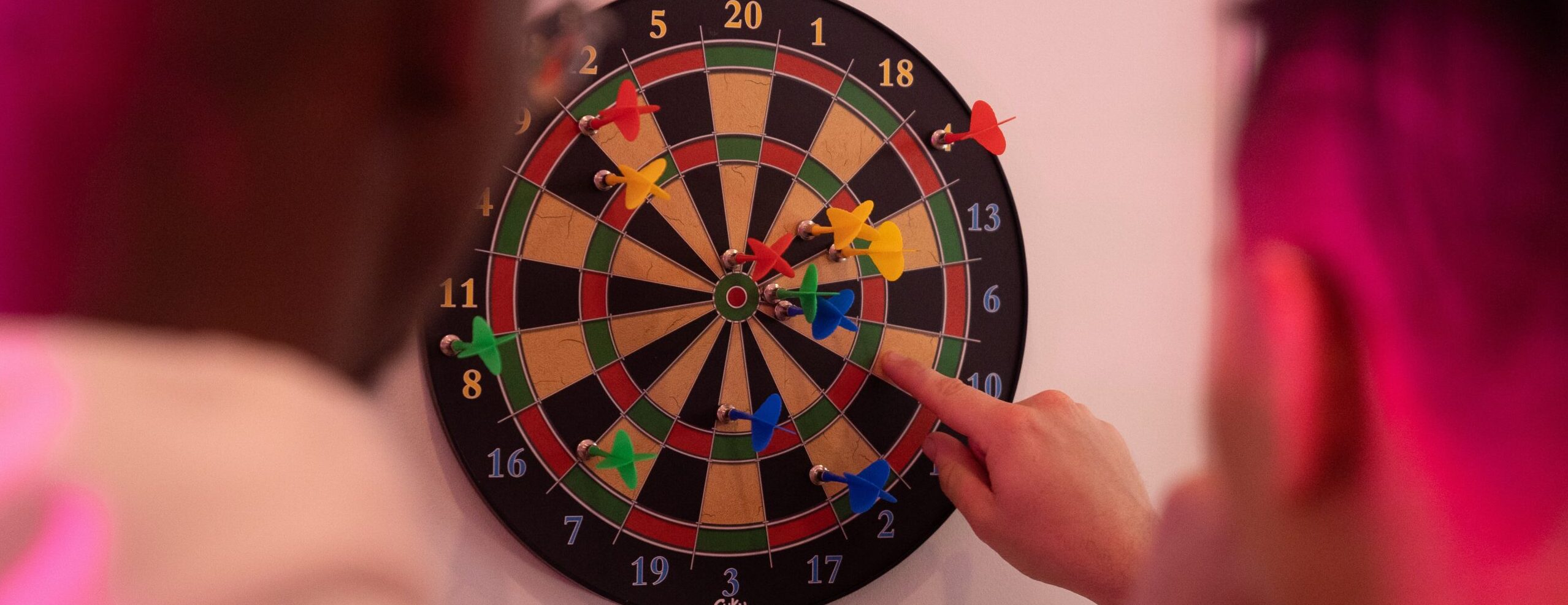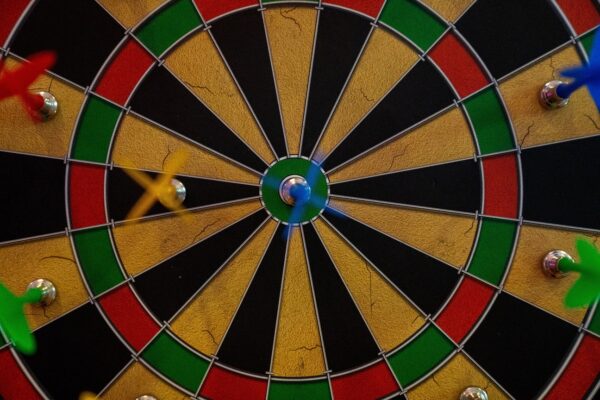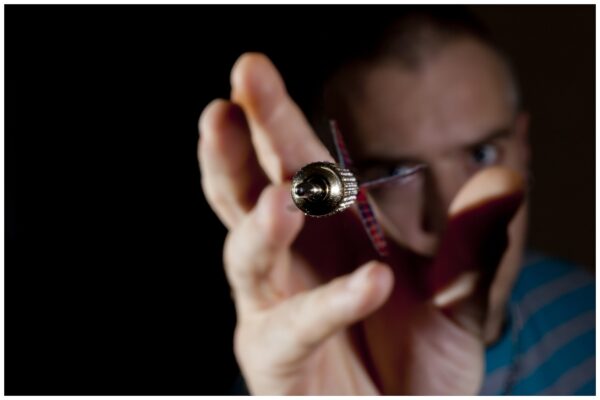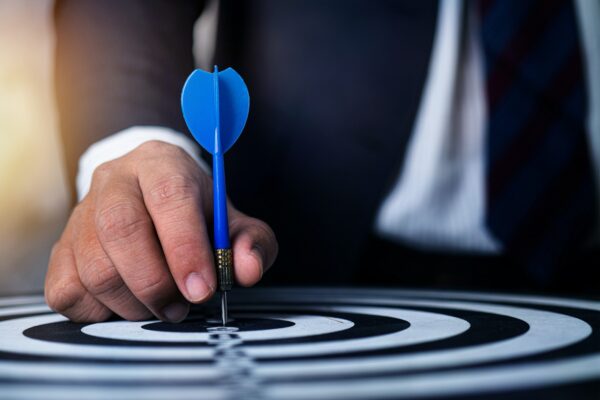Dartboards are a staple in bars and game rooms around the world. They provide hours of entertainment and can be enjoyed by people of all ages. But have you ever wondered how they are made? In this article, we will explore the process of making a dartboard, from the materials used to the intricate manufacturing process.
Materials Used
The first step in making a dartboard is to gather the materials. The most common material used for the board itself is sisal fiber. Sisal is a type of agave plant that is grown in tropical regions around the world. The fiber from the plant is incredibly durable, making it perfect for use in dartboards.
To make the board, the sisal fibers are compressed together using a hydraulic press. The resulting board is then treated with a special resin that helps to bind the fibers together and make the board more durable.
In addition to the sisal board, dartboards also require a metal ring, known as the wire spider, to separate the different scoring zones. The wire spider is typically made from steel wire and is held in place with staples.
Finally, the board is mounted onto a wooden backing, usually made from a hardwood such as poplar or oak. This backing provides additional support and helps to protect the wall from errant darts.
Manufacturing Process
The manufacturing process for dartboards is a complex one that requires precision and attention to detail. The first step is to gather the sisal fibers and compress them into the shape of a dartboard using a hydraulic press. The press is capable of applying tremendous force, which is necessary to ensure that the fibers are tightly packed together.
Once the board has been compressed, it is treated with a special resin that helps to bind the fibers together and make the board more durable. The resin is applied to the surface of the board and then allowed to dry. This process can take several hours to complete, depending on the type of resin used.
After the resin has dried, the board is cut to the proper size and shape using a CNC machine. This machine is capable of cutting the board with incredible precision, ensuring that each board is identical to the next.
The wire spider is then attached to the board using staples. This process is also done with great precision, as any mistakes could result in a board that is not regulation size.
Finally, the board is mounted onto a wooden backing using screws. The backing is typically made from a hardwood such as poplar or oak, which provides additional support and helps to protect the wall from errant darts.
Quality Control
Quality control is an important part of the manufacturing process for dartboards. Each board is inspected to ensure that it meets the required specifications for size and weight. The wire spider is also inspected to ensure that it is properly attached and that the scoring zones are correctly spaced.
In addition, the boards are tested to ensure that they can withstand the rigors of regular use. This involves subjecting the board to a battery of tests, including impact and wear tests. Only boards that pass these tests are approved for sale.
The process of making a dartboard is a complex one that requires precision and attention to detail. From the materials used to the manufacturing process, every aspect of the dartboard is carefully considered to ensure that it is of the highest quality. Whether you are a seasoned darts player or just enjoy the occasional game with friends, knowing how dartboards are made can help you appreciate the craftsmanship that goes into each and every one.
To further understand the process of making dartboards, let’s delve deeper into some of the steps involved in the manufacturing process.
Sisal Fiber
The sisal fiber used in dartboards is harvested from the leaves of the agave plant. The leaves are harvested, washed, and stripped of their fibers. The fibers are then dried and sorted by length and quality.
Only the highest quality fibers are used for dartboards, as they need to be strong, durable, and able to withstand the impact of a dart. Once the fibers have been sorted, they are compressed using a hydraulic press.
Hydraulic Press
The hydraulic press is one of the most important pieces of equipment used in the manufacturing process of dartboards. It applies a tremendous amount of force to the sisal fibers, compressing them into a solid board.
The press is capable of applying up to 2,000 pounds of pressure per square inch, which is necessary to ensure that the fibers are tightly packed together. The resulting board is incredibly dense and durable, making it ideal for use in dartboards.
Resin Treatment
After the board has been compressed, it is treated with a special resin that helps to bind the fibers together and make the board more durable. The resin is typically a thermosetting plastic, which means that it hardens when exposed to heat.
The resin is applied to the surface of the board using a spray gun or roller. It is then allowed to dry, which can take several hours. Once the resin has hardened, the board is cut to the proper size and shape using a CNC machine.
CNC Machine
A CNC (Computer Numerical Control) machine is a computer-controlled cutting machine that is used to cut the dartboard to the correct size and shape. The machine is programmed with the specifications for each board, including the size and location of the scoring zones.
Once the machine has been programmed, it cuts the board with incredible precision, ensuring that each board is identical to the next. This is important for ensuring fairness and consistency in competitive play.
Wire Spider
The wire spider is a metal ring that is used to separate the different scoring zones on the dartboard. It is typically made from steel wire and is attached to the board using staples.
The wire spider is carefully positioned on the board to ensure that the scoring zones are correctly spaced. This is essential for ensuring that the board is regulation size and that it meets the requirements for competitive play.
Wooden Backing
Once the wire spider has been attached to the board, it is mounted onto a wooden backing using screws. The backing is typically made from a hardwood such as poplar or oak, which provides additional support and helps to protect the wall from errant darts.
Quality Control
Quality control is an important part of the manufacturing process for dartboards. Each board is inspected to ensure that it meets the required specifications for size and weight. The wire spider is also inspected to ensure that it is properly attached and that the scoring zones are correctly spaced.
In addition, the boards are tested to ensure that they can withstand the rigors of regular use. This involves subjecting the board to a battery of tests, including impact and wear tests. Only boards that pass these tests are approved for sale.
Making a dartboard is a complex process that involves a combination of materials, machinery, and skilled craftsmanship. From the selection of high-quality sisal fibers to the precision cutting of the board, every step of the process is carefully considered to ensure that the end product is of the highest quality. Whether you are a casual player or a serious competitor, knowing how dartboards are made can help you appreciate the skill and dedication that goes into creating these beloved games.



